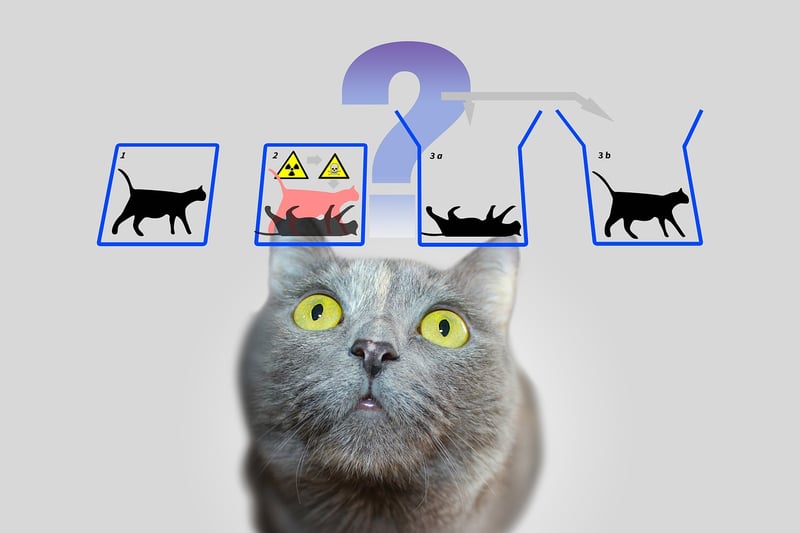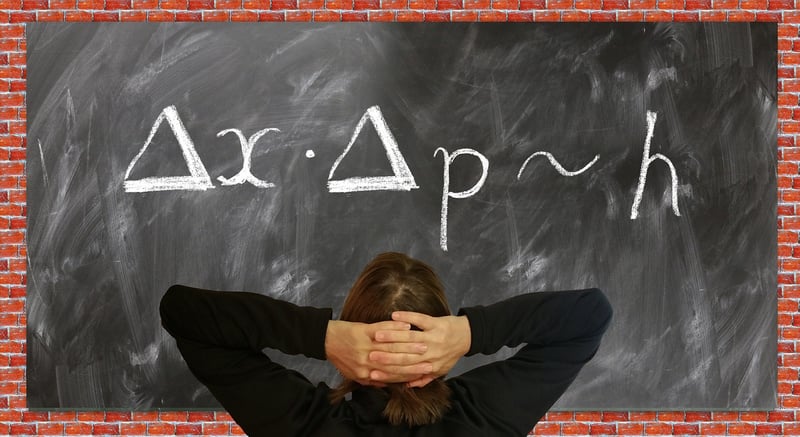Quantum Mechanics
The Science Behind Time Travel and Quantum Mechanics
Time travel has been a fascinating topic in science fiction for decades, but what does the real science behind it tell us? Let's explore how time travel could theoretically be possible based on the principles of quantum mechanics.
Quantum Mechanics and Spacetime
Quantum mechanics is the branch of physics that deals with the behavior of particles at the smallest scales. One of the key concepts of quantum mechanics is that particles can exist in multiple states simultaneously, known as superposition. This principle opens up the possibility of manipulating time and space in ways that were previously thought impossible.
Wormholes and Time Loops
One of the theoretical ways in which time travel could occur is through the use of wormholes. Wormholes are hypothetical passages through spacetime that could create shortcuts for long journeys across the universe. By manipulating the entrance and exit of a wormhole, it might be possible to travel through time as well as space.
Quantum Entanglement and Time Communication
Another fascinating concept in quantum mechanics is quantum entanglement, where particles become connected in such a way that the state of one particle instantly affects the state of another, regardless of the distance between them. Some scientists speculate that this phenomenon could be harnessed to send messages backward or forward in time.
Conclusion
While the concept of time travel remains firmly in the realm of theory, the principles of quantum mechanics offer intriguing possibilities for exploring the nature of time and space. As our understanding of the quantum world continues to evolve, who knows what new discoveries and technologies may emerge in the future.
For more information on quantum mechanics and time travel, check out these resources:
- How Quantum Mechanics Could Be Even Weirder - Scientific American
- Time Travel: Theories, Paradoxes & Possibilities - Space.com


